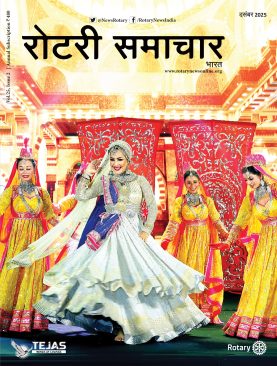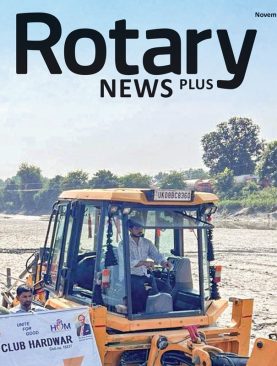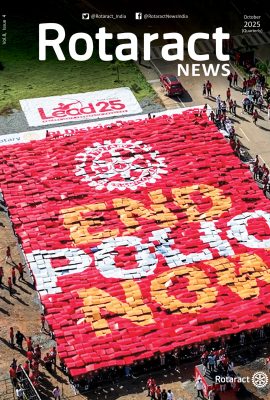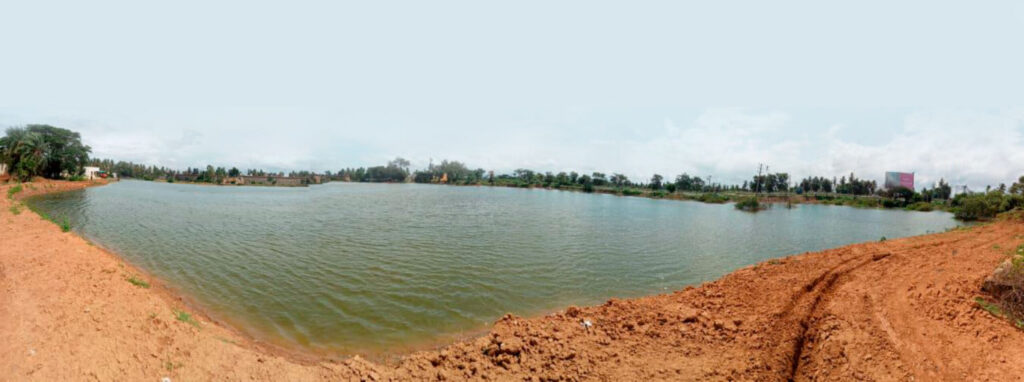Finding drinking water is always a challenge. India has 18 percent of the world’s population, but only 4 percent of its water resources, making it among the most water-starved countries in the world. Our erratic monsoon spells pushes up the challenge of meeting our drinking water needs. Climate change is another factor which is likely to exacerbate the pressure on our water resources.

Around Bengaluru, the lakes have always played a major role in fulfilling drinking water needs. The chain of cascading lakes was so well planned that the natural geography of the terrain was used to fill one lake and the overflow became the source for the next lake and so on. This used to keep the water table of the area pretty high and the local wells too got water this way. This sub soil water is another major source of water along with the lakes and shallow wells. Sadly, the over flogging of the sub soil water has stressed this supply, followed by the unhindered and in some cases unplanned urbanisation has seen to it that the rajkaluve (main connecting channel between lakes) got choked, making the lakes and wells defunct, and taking away another major source of drinking water.
The town of Devanahalli, about 50km from Bengaluru and on the Bengaluru- Hyderabad expressway, was one such town dependent on a lake and some open wells for its drinking water needs. We, the Rotarians of Rotary Bangalore South Parade, RID 3191, during our activities during the pandemic, saw that Devanahalli with 38,000 residents had its lake dry, its open well system defunct and choked, and was struggling for drinking water. The town was now dependent on water being pumped from deep tube wells. The tubes go down to a depth of 800– 1000ft, and water coming out of these borewells, though clean, was turbid and saline due to dissolved solids which made it brackish and unsuitable to drink. It was this water that a town of 38,000 residents were getting in their taps every day. For their drinking and cooking water needs the town people had to stand in a queue in front of the public RO plants set up by the local municipal council. A problem which was crying for a solution.

Many different solutions were thought about and discarded. We understood after a lot of consultation and research that the only way to remove the turbidity and dissolved solids was through reverse osmosis. This method gives out only 50 per cent of the water that is put inside, leaving behind the other half as waste and with an even higher concentration of dissolved solids. The only way to dispose of this water is to let it go into the subsoil or a recharge well. Eventually, this would make the existing tube well churn out even more unusable water.
Today the lake is brimming with water, the well is brimming with water, the treatment plant is churning out 2 lakh LPD of clean and pure drinking water.
The solution to the problem came from the information that the Bruhat Bengaluru Maha Nagara Palike (BBMP) was treating 2.1 million litres of waste water generated from Bengaluru households and pumping it into lakes, including the Devanahalli lake called Sihineer Kere (sweet water lake). To further the joy, the Devanahalli town municipal council was cleaning the lake. Right next to the lake we found an old defunct open well which was choked and had become useless and a public nuisance.
It was decided to clean and rejuvenate the open well. Once this was done and the stone lining redone, the well started filling up. To our joy, in a couple of days the water was to the brim. When we got the well water tested it was found that it was sweet water, good for drinking, but with some coliform, a little odour and colour with some suspended solids. A chat with our own engineers revealed that with some tertiary treatment this can be a great source of drinking water.

Keeping the sensitivity of the fact that the lake is getting treated waste water from Bengaluru we decided to rope in the services of the professors of Indian Institute of Science (IISc) to devise a filtration plant and a standard operation protocol. During their design it was found that the well is capable of giving 1,50,000 litres per day (LPD) of water when half full and a lot more when full. The professor also suggested that we dig two shallow aquifer filter tube wells that will augment the capacity of the open well. Based on their suggestion two shallow aquifer filter bore wells were dug which went down only about 85ft and between the two bore wells we got another 50,000 LPD of water. The water which was tested from these bore wells too turned up a very similar report, which meant that this water can be tapped too. These sources proved to be clean, sweet to drink and met most of the drinking water parameters laid out for drinking water. Those parameters which this water source does not meet are being addressed by installing an Azud filtration mechanism designed by IISc professors which is going to remove suspended solids, insects, bacteria, etc and makes it totally compliant with the drinking water needs. Now we had a clear plan to give 2 lakh LPD clean drinking water to the town of Devanahalli! (The total requirement of this town is 14 lakh LPD.)
That’s a significant amount of water to augment the available resources. When this proposal was taken to the Devanahalli town municipal council it was immediately accepted and an MoU was signed, where Rotary Bangalore South Parade will put up the newly designed water filtration plant by IISc and run it for two years, and along the way train the DTMC technician on the operating parameters. IISc will continuously monitor the water quality coming out of the lake, wells and the filter, and ensure that the water is fit for drinking and, at the end of two years, transfer the ownership of the fully functional treatment plant to the town municipal council. We’ve spent ₹60 lakh on this project through CSR funding.

We are told this is India’s first IPR (indirect potable reuse) filtration mechanism. The treated sewage water is allowed to get into the well through natural filtration and then the new filtration plant that is an online filter. The design of the filtration plant makes it sleek and sturdy, and it encompasses carbon filtration, chlorine dousing, UV disinfection and is capable of removing particles of upto 130 microns thin (1 micron is equivalent of 1/1000 of a millimetre). This makes it very efficient and takes very little space to house. The maintenance of this unit is also very easy and the interval is about once in two years, the cost of the filtration comes down to ₹1.15 per kilo litre of water.
The filtration unit was built, necessary pumps and plumbing lines were laid to sync the water into the DTMC distribution system.
The joy of seeing this work after we overcame a lot of sceptism and nay sayers tells a lot about the resilience and confidence of our Rotarians. This was a Deja vu moment. Today the lake is brimming with water, the well is brimming with water, the treatment plant is churning out 2 lakh LPD of clean and pure drinking water.
Evidently this shows that lake rejuvenation along with traditional open wells can bring in large quantities of drinking water. The home-grown technology can be replicated in every town and village with little chance of failure and less cost. This endeavour of ours will test this concept and the results and methodology will form a template to be replicated in other areas to solve water problems.
On June 5, World Environment Day, the water treatment plant was inaugurated by IPDG Jeetendra Aneja and Karnataka Minister for food and civil supplies K H Muniyappa. The local authorities thanked Rotary Bangalore South Parade, for their efforts and offered their continuing support for such positive interventions in the future.
We are now working to augment the water supply by an additional 4 lakh LPD in Phase 2, and hope to complete the work by December end.
The writer is IPP of RC Bangalore South Parade, RID 3191
